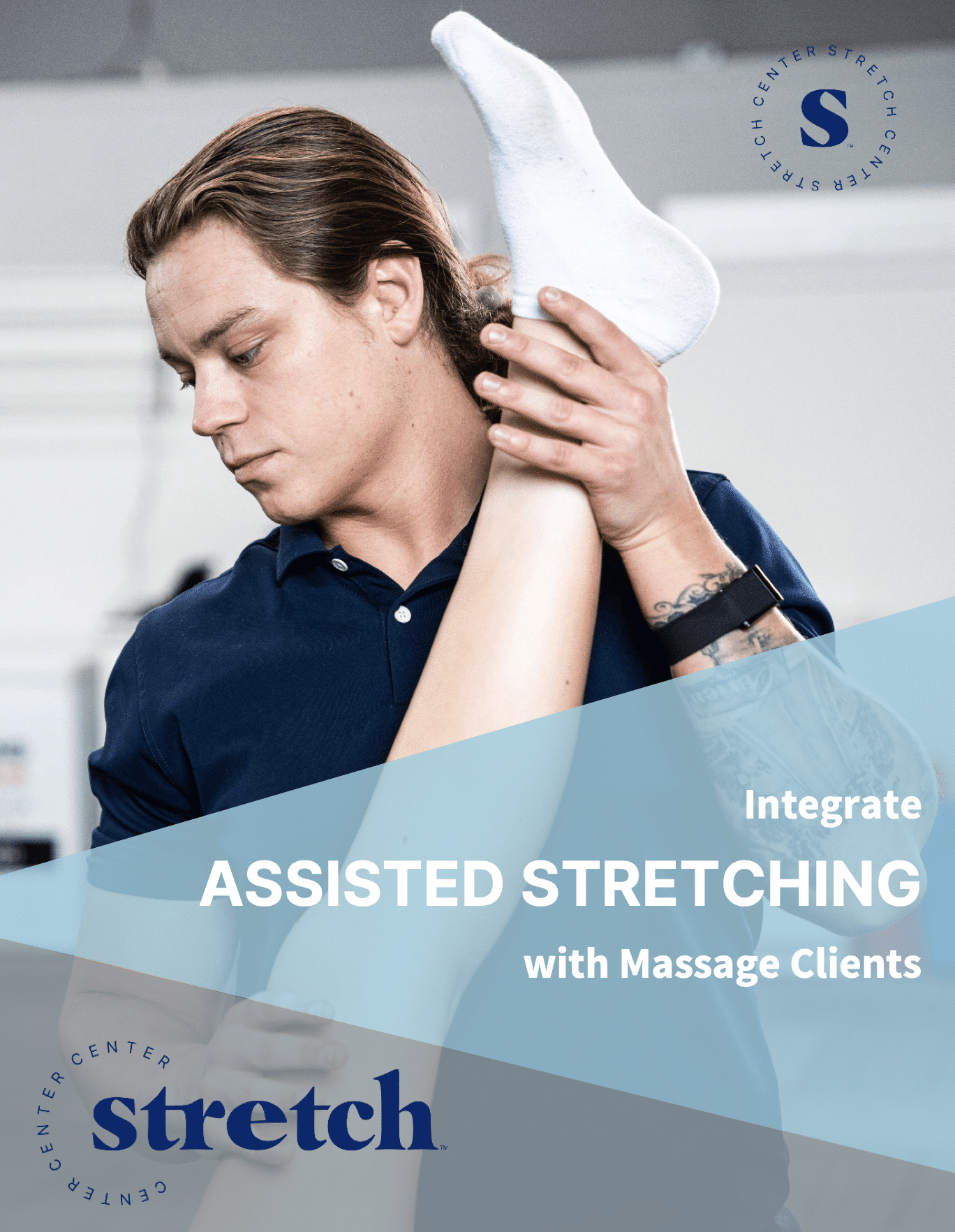Unlock Bigger Gains with Better Mobility
Have you ever tried sumo deadlifting and felt like you were going to pull your groin… just on the warm-up sets? Has your lifting partner ever told you to “go deeper” on squats, and you think to yourself, “How the heck am I supposed to do that? My knees feel like they’re going to tear”? These are signs that your mobility and flexibility might be limiting your capacity for gains.
Here’s the deal: working through greater ranges of motion recruits more muscle fibers on average, leading to better muscle hypertrophy and improved lifting mechanics. If you’re already putting in the hard work at the gym, why leave progress on the table? Improve your flexibility, and you’ll unlock new performance potential.
When you combine strength and flexibility, your overall movement quality improves drastically. Less aches and pains → better lifts → better gains.
Why should you prioritize mobility?
- Deeper squats = greater glute and quad recruitment.
- Proper hip hinging = smoother deadlifts and stronger hamstring stretch in RDLs.
- Better scapular control & thoracic extension = stronger, safer chest exercises.
- Improved hip and shoulder mobility = biomechanically better start positions.
And if you’ve started adding lengthened-bias exercises to your program (which is a must for hypertrophy), flexibility is key to helping you sink deeper into that stretch and maximize muscle tension. Bonus: stretching also helps with neurological priming, enhancing your mind-muscle connection for improved training quality.
Common Culprits Holding You Back
The most common tight spots for lifters?
- Chest
- Shoulders
- Hip flexors
- Quads
- Hamstrings
- Calves
These areas don’t just limit performance—they can create discomfort, nagging aches, and plateaus.
How to Warm Up (Dynamic > Static)
We know you’re tempted to jump straight into lifting—but warming up properly is a game-changer. A solid warm-up can include:
- Arm circles,
- Lunges with twists,
- Cat-cows,
- Thoracic rotations,
- Leg swings,
- 90/90 hip rotations,
- Deep bodyweight squats.
It can also include band work or lightweight/high-rep sets of the lift you’re about to perform. Keep it under 10 minutes—just enough to prime your muscles, improve mobility, and reduce injury risk.
Important: Dynamic stretching does NOT reduce power output (that’s a common myth). These are all movement-based and will actually help you perform better.
Post-Lift: The Static Stretch Cool-Down
To relax muscles, reduce soreness, and maintain mobility long-term, hit static holds for ~30 seconds per muscle group. What to stretch?
- Push Day: Chest, triceps, shoulders (add some back if you’ve been in extension a lot).
- Pull Day: Lats, rhomboids, biceps.
- Leg Day: Hip flexors, quads, hamstrings, glutes, calves.
Not sure which areas need the most attention? A Stretch Center Practitioner can assess that—or better yet, stretch you out entirely.
Why Assisted Stretching Works Even Better
Post-lift, there’s nothing like having a certified Stretch Center Practitioner work on the muscles you just cooked at the gym. We’ll tailor your session to the muscles you hit that day—or even prep you for your next lift.
Heads up: To avoid any reduction in strength output, we recommend booking sessions after your lift or on a rest day. (Why? Static stretching held for long periods before lifting can temporarily decrease power output by relaxing the nervous system and reducing maximal muscle activation potential—but it’s a perfect tool for recovery.)
Stretch Smarter, Grow Bigger
Stretching isn’t just about staying injury-free—it’s about unlocking your true potential. Don’t leave gains behind. Use dynamic warm-ups and static cool-downs to improve performance, enhance recovery, and build more muscle.
And if you want to skip the guesswork? Come visit us at Stretch Center—we’ll do the work for you.
Trainers, coaches, therapists—interested in adding assisted stretching to your services? Visit stretchcenter.com/certification to get certified.





